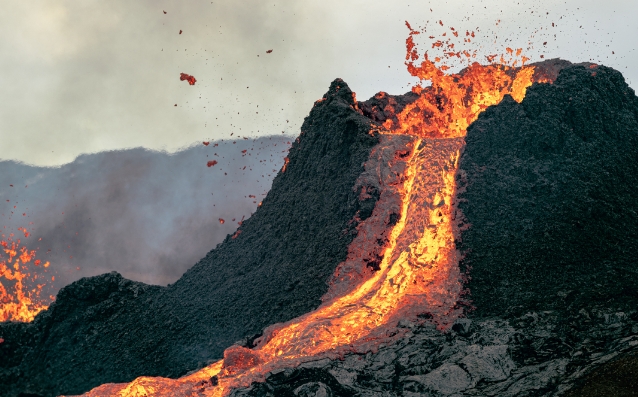Volcanoes are powerful and unpredictable natural phenomena that can unleash destruction and chaos when they erupt. By studying the signs of impending eruption, scientists can try to predict when a volcano is about to blow and prepare for the potential consequences.
Rising magma and seismic activity
Before a volcano erupts, there are usually signs that indicate increased activity beneath the surface. One of the key indicators is rising magma, which can cause swelling and bulging of the volcano’s surface. This can be detected using ground-based instruments such as GPS and inclinometers.
Seismic activity is also a common precursor to volcanic eruptions. As magma moves underground, it can cause earthquakes that are detected by seismometers. By monitoring the frequency and intensity of these earthquakes, scientists can get a sense of the level of unrest within a volcano.
Gas emissions and changes in temperature
Another sign of imminent eruption is changes in gas emissions from the volcano. As magma nears the surface, it releases gases such as sulfur dioxide and carbon dioxide. By measuring the levels of these gases, scientists can track the movement of magma and assess the likelihood of an eruption.
Changes in temperature can also indicate that a volcano is about to blow. As magma rises to the surface, it can heat up the surrounding rock and cause changes in thermal patterns. Infrared cameras can be used to detect these temperature variations and provide further insight into the volcano’s behavior.
Monitoring and forecasting volcanic activity
In order to predict volcanic eruptions, scientists use a variety of monitoring techniques to track changes in a volcano’s behavior. This includes using satellite imagery to monitor changes in surface topography, as well as conducting ground-based measurements of gas emissions and seismic activity.
By analyzing all of this data, scientists can create forecasts that predict when a volcano is likely to erupt. This allows authorities to take appropriate action, such as implementing evacuations and issuing warnings to nearby communities.
In conclusion, uncovering the signs of imminent eruption is a crucial step in understanding and predicting volcanic activity. By studying the behavior of volcanoes and monitoring changes in their behavior, scientists can help mitigate the impact of eruptions and keep people safe.

